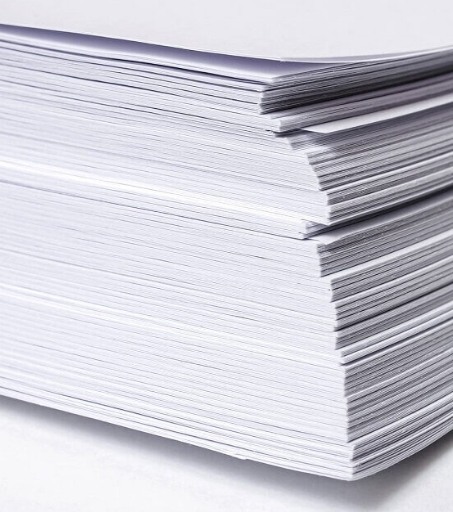What Are You Looking For?
Next-Gen Defoamers: Sustainability Meets Efficiency in Papermaking
May 06, 2025The pulp and paper industry is at a critical juncture, marked by increasingly stringent environmental regulations, increasingly stringent energy efficiency requirements, and a growing emphasis on circular production models. Amid these shifts, effective foam control remains a cornerstone for optimizing the papermaking process. While traditional defoamers have long been an industry mainstay, evolving challenges require solutions that align with sustainability goals, operational efficiency, and advanced technology integration. Here’s how the next generation of pulp and paper defoamers are meeting these demands.

1. Foam management in resource-intensive industries
Foam formation during pulping, washing, and paper machine operations poses significant risks, including reduced drainage efficiency, increased energy consumption, and compromised product quality. Excessive foam also increases water and chemical usage, which is in direct conflict with industry efforts to reduce waste and effluent discharges—especially amid strict regulations such as the EU Industrial Emissions Directive (IED) and global sustainability certifications.
As the global paper market steadily expands, paper mills require defoamers that not only effectively suppress foam, but also meet broader operational and environmental goals.
2. Sustainable defoamer solutions: Prioritize eco-design
Traditional silicone or mineral oil-based defoamers, while effective, face increasing criticism for their environmental persistence and incompatibility with closed-loop water systems. Modern formulations are redefining performance through eco-design:
- Bio-based chemistry: Renewable esters derived from non-food competing plant oils (e.g., castor or sunflower oil) that provide rapid defoaming and full biodegradability.
- Low volatile organic compound (VOC) and perfluorinated alkyl substances (PFAS)-free formulations: Meet increasingly stringent air quality standards (e.g., the U.S. EPA’s Clean Air Act) and eliminate “forever chemicals” risks.
- Enhanced compatibility: Defoamers are designed to integrate seamlessly with recycled fiber systems, reducing interference with sizing agents or retention aids.
Independent studies have shown that bio-based defoamers can reduce biological oxygen demand (BOD) in wastewater by up to 25% compared to traditional defoamers, supporting mills in their efforts to achieve zero liquid discharge (ZLD) goals.
3. Smart defoaming: data-driven efficiency
Industry 4.0 technologies are reshaping foam control strategies, enabling precision and predictive maintenance:
- Real-time monitoring systems: IoT sensors detect foam levels in pulpers, white water systems, or coating applications, triggering automatic defoamer dosing.
- Machine learning algorithms: Historical process data optimizes defoamer usage patterns, minimizing overuse and reducing chemical costs by up to 20%.
- Nanotechnology-enhanced defoamers: Ultrafine, stable particles improve dispersion and service life, ensuring consistent performance even in high-temperature or high-shear environments.
These innovations not only reduce waste, but also enable plants to meet ISO 50001 energy management standards by reducing pump and agitator loads caused by foam.
4. Future-proof defoamer strategies
As the industry moves toward biorefining and lignin-based materials, defoamers must adapt to new chemistries and processes. Emerging trends include:
- pH and temperature-responsive defoamers: activated only under specific process conditions, improving precision.
- Multifunctional additives: combining defoaming with antimicrobial or preservative properties to simplify operations.
- Carbon footprint tracking: working with paper mills to quantify scope 3 emissions reductions from optimizing defoamer use.
In today’s paper industry, defoamers are no longer just auxiliary chemicals, but strategic tools to achieve resource efficiency, regulatory compliance and climate goals. By adopting bio-based chemistry, smart technology and life cycle thinking, forward-looking manufacturers can turn foam management into a competitive advantage. The right defoamer does more than just eliminate bubbles; it unlocks a cleaner, leaner and more profitable production chain.